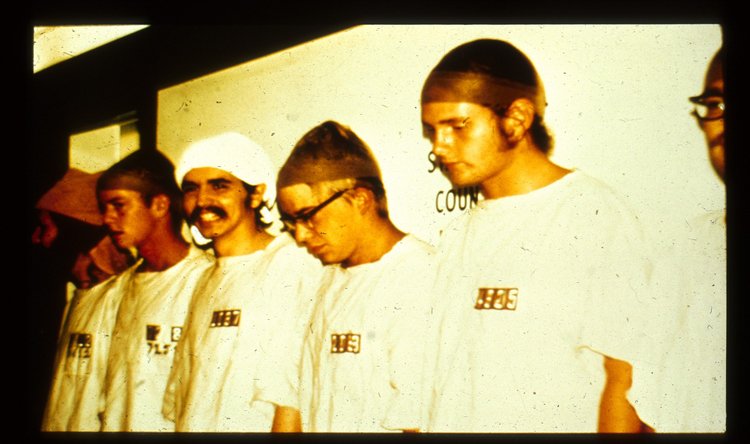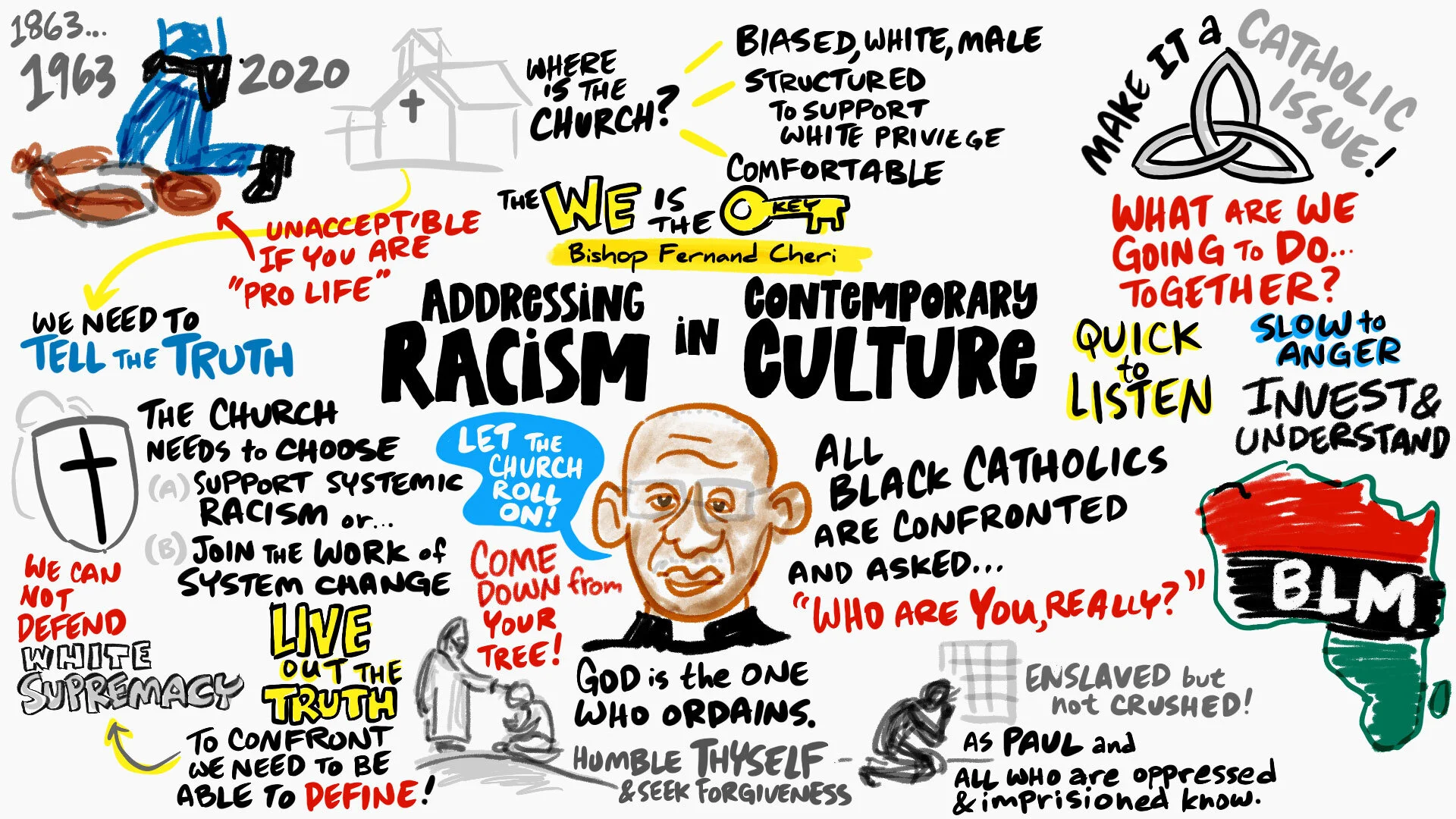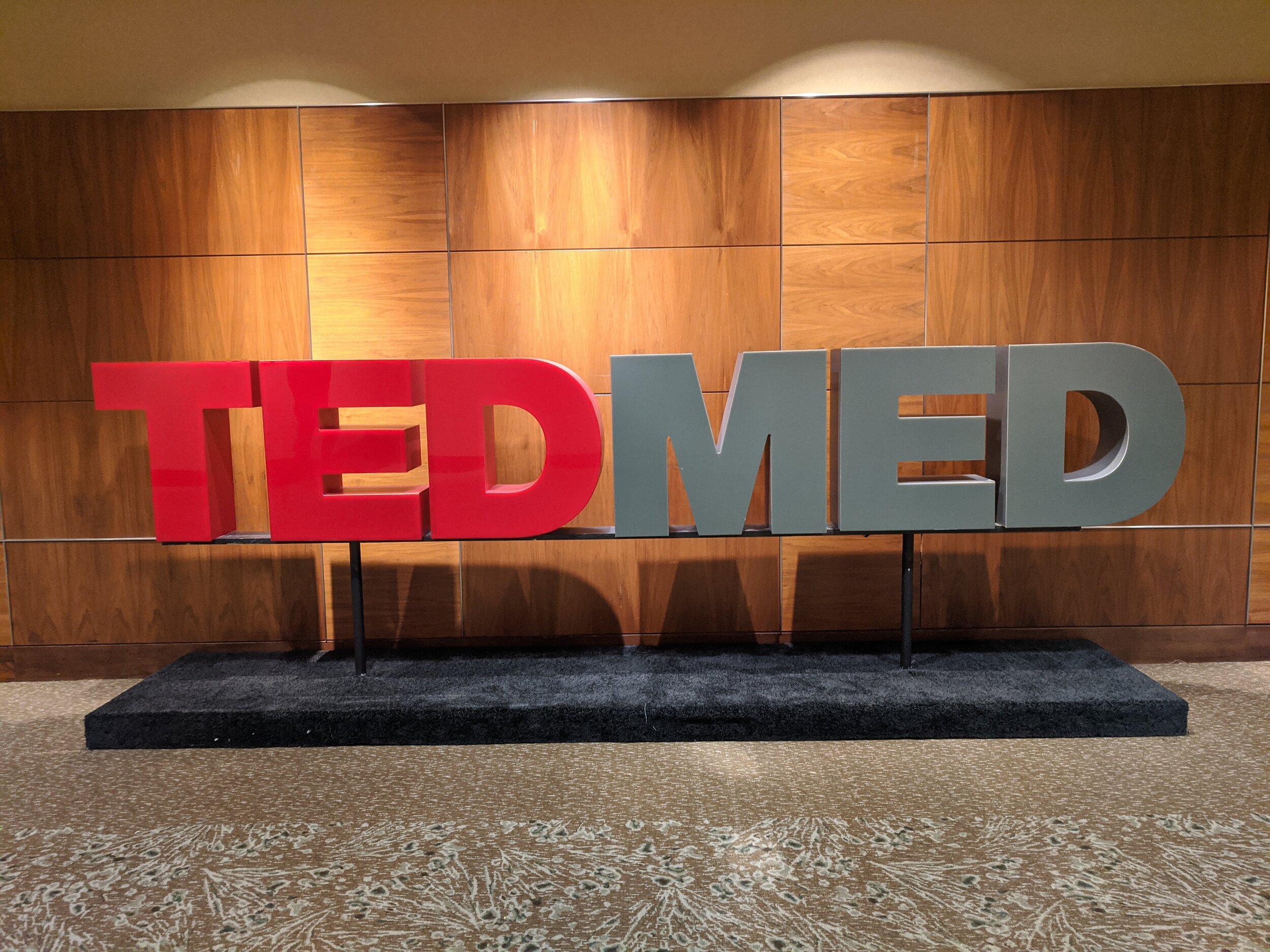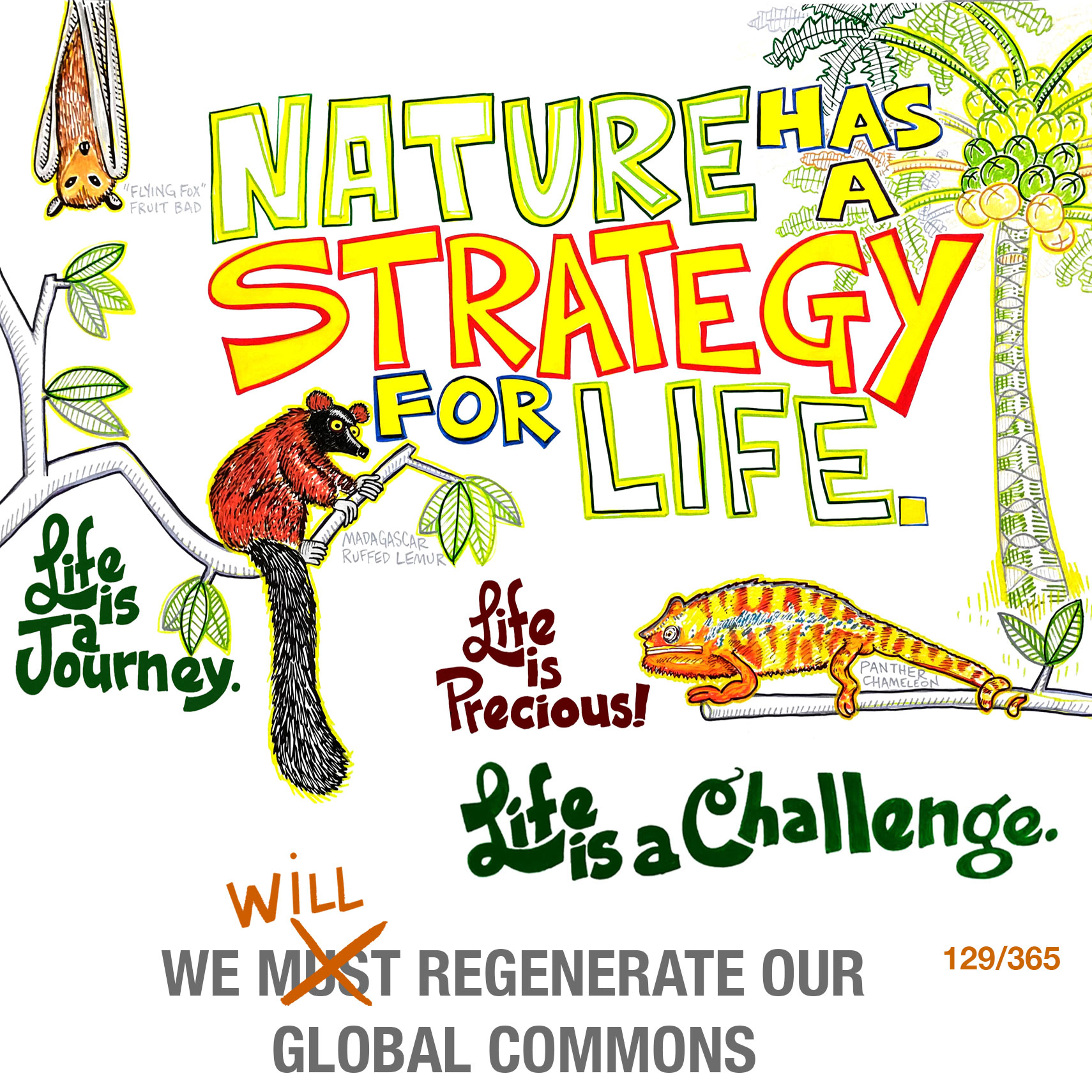
Nature Has A Strategy
Why do bats hang upside down? Why did sloths move slowly? How do chameleons change color? How do plants collect CO2 so effortlessly?
Most of our "technological"ideas actually have their roots in biology. The emerging field of #biomimicry will lead engineers, scientists, and designers to create solutions for both our human and environmental challenges.
From permaculture to Velcro® to solar power, humans have been looking to nature for inspiration for as long as we’ve been inventing.
Resources such as AskNature.org collect biological strategies, inspired ideas, and resources to overcome innovation challenges, so you can begin to emulate the time-tested forms, processes, and systems that already thrive in balance with Earth’s complex systems.
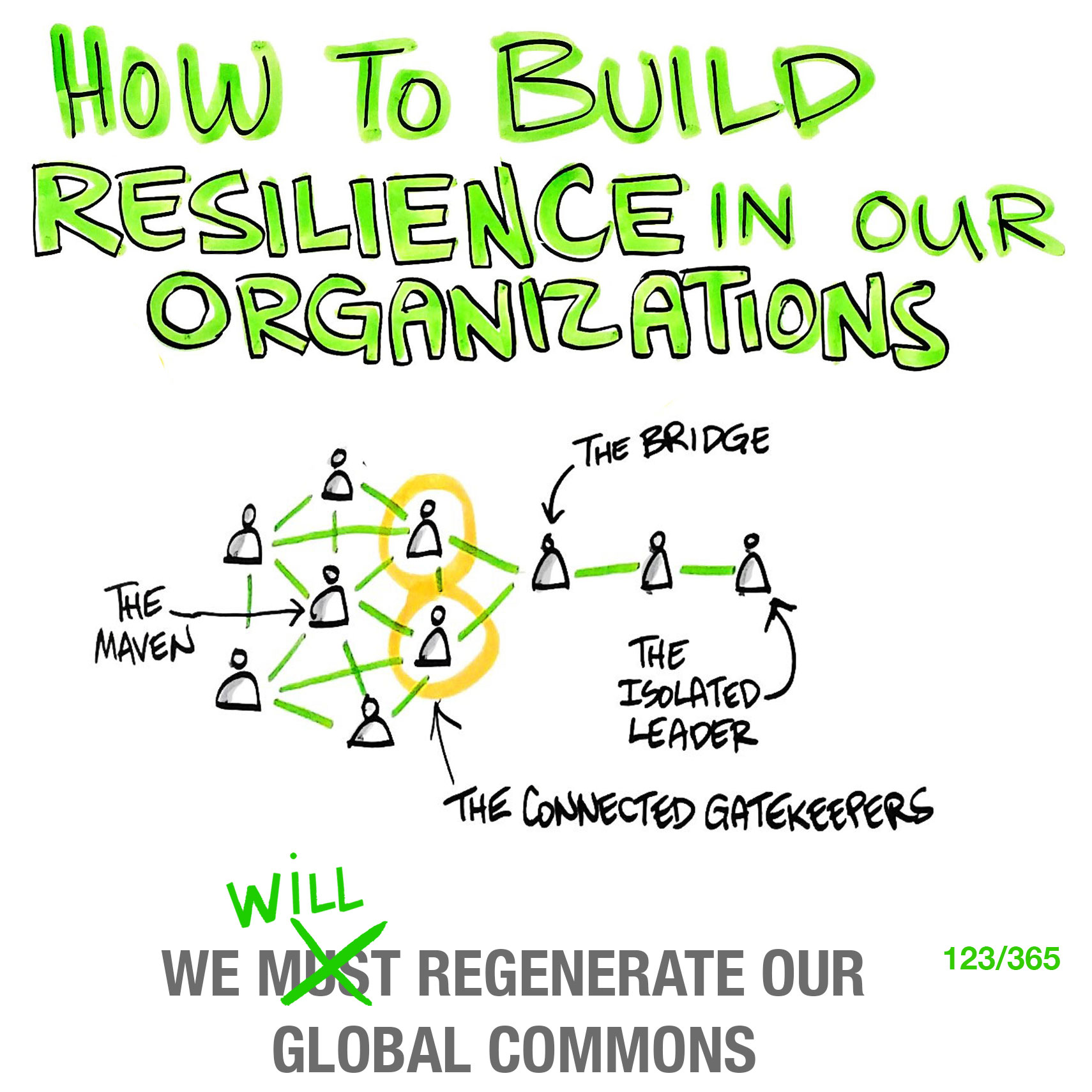
The Resilient Organization
In the overlapping fields of ecology, conservation, and the environment the work is so immense and the consequences are so extreme, that “success” can seem elusive. Most leaders and workers report feeling overwhelmed and burned out.
This is why it is important to build #resilience in communities and organizations facing the most difficult challenges facing the global commons. There are many methods for building resilience in organizations; here are just three such techniques:
1. Encourage Structural Simplicity — Make it easy for consumers, workers, and leaders to make good decisions and choices. Simplify language, processes, and procedures.
2. Restructure Feedback Loops — Frontline workers (and important data) are too often separated from policymakers and industry leaders by gatekeepers and filters. When incorrect or distorted signals get through, bad things can happen. Or worse, nothing changes to help the system.
3. Make Space for Play — This is serious business. However, we need to build trust and empathy in order to work together. Play games. Travel together. Share stories. Celebrate together. These activities make it easier to communicate and understand other members of the system... even perceived enemies!
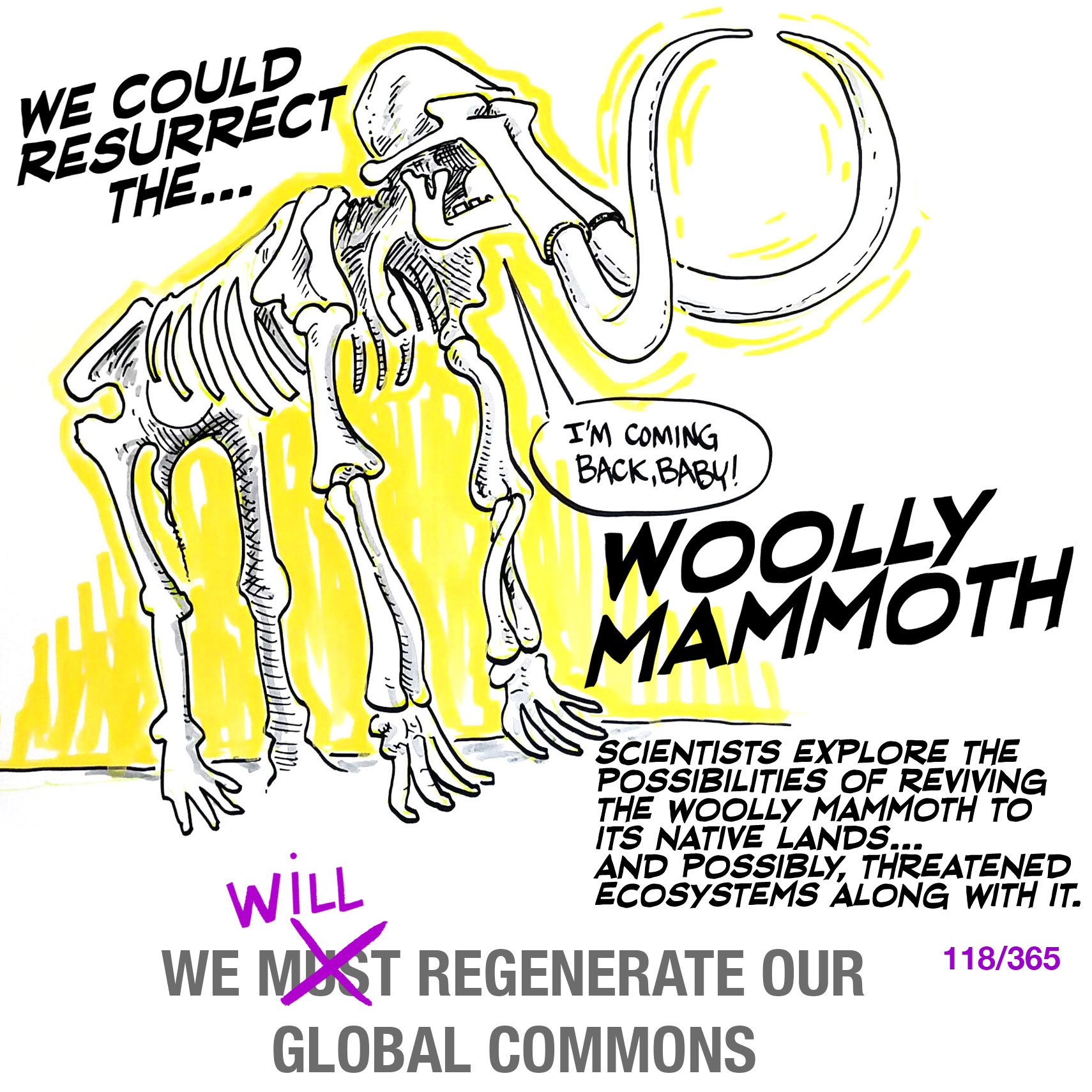
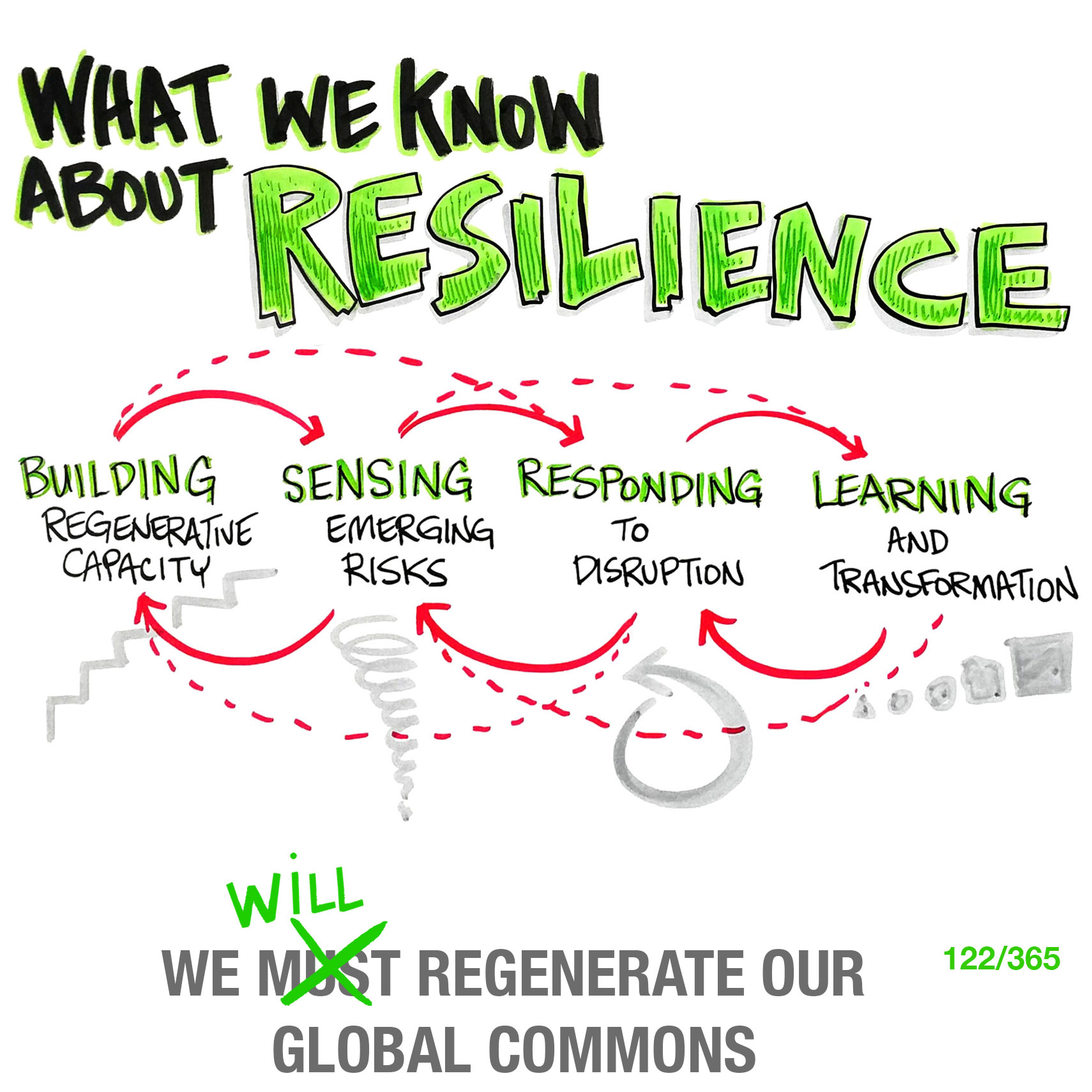
What We Know About Resilience
Andrew Zolli, co-author of Resilience: Why Things Bounce Back, offers a simplified model of resilience inspired by principles articulated by the Danish systems researcher Erik Hollnagel.
The model decomposes the concept into four, concurrent clusters of verbs — the things that constitute the “doing” of resilience.
The clusters are focused on building regenerative capacity, sensing emerging risks, responding to disruption, and learning and transformation.
Whether in a city, a group of neurons, a social-ecological system, a community or even a person, resilience is often found in context-specific variations of these activities.
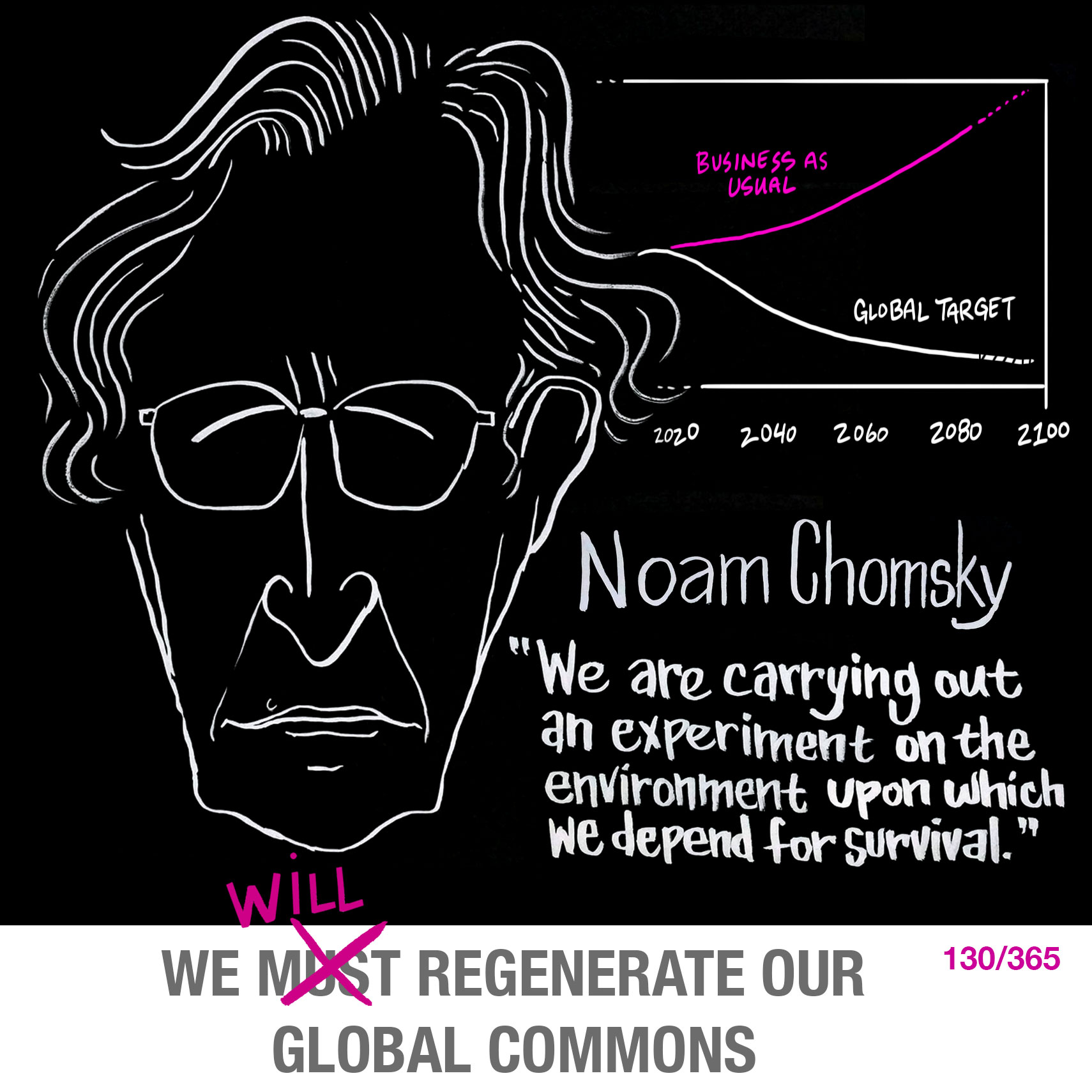
We Are Carrying Out An Experiment
In 2017 presentation, Noam Chomsky referenced a debate between astrophysicist Carl Sagan and biologist Ernst Mayr on the chances of finding extraterrestrial life
Mayr said that the only test case we have found thus far is earth, which has had roughly 50 million species.
The average lifespan of a species is about 100,00 years. In that same debate between the astrophysicist and the biologist, Mayr pointed out that the most prolific and longest surviving organisms, bacteria, are also the least intelligent.
Yet through experimentation, innovation, coordination and good fortune, Homo Sapiens have roughly doubled the longevity of our species to 200,000 years.
Humans (and all remaining species on the planet) have co-evolved to exist in the current climate at current average temperatures with the current and rapidly depleting global resources. As a matter of stating the obvious, Chomsky says, "We are carrying out an experiment on the environment upon which we depend for survival."
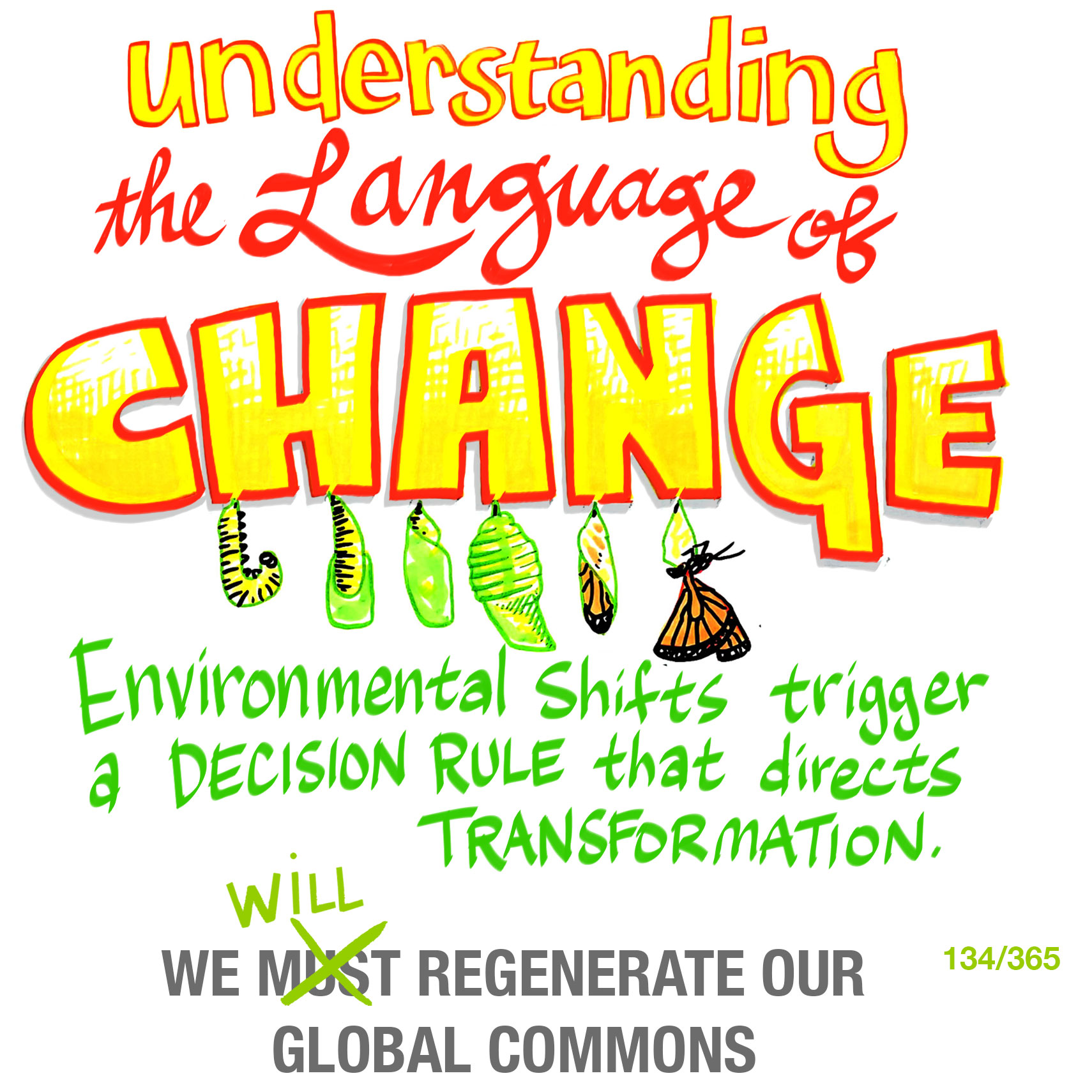
Understanding the Language of Change
The language of change, environment, climate, and other complex systems can be a challenge. Here are some common definitions of words and terms used in understanding climate change:
A System — an organized entity made up of interrelated and interdependent parts.
The Environment — everything outside and surrounding the individual “identity”, whether a butterfly, building complex or boreal forest.
Ecosystem — consists of patterns of self-correction determined by the continuous interactions of the parts and the whole.
Change Situation — an “operand” acted upon by an “operator” to trigger a transformation. This could be sunlight (operator) radiating upon a seedling (operand) to produce a flower blooming (transformation).
Decision Rule — a function which maps an observation or event to an appropriate action. When a gazelle senses danger, it decides whether to freeze, fight or flee. When the temperature reaches 32F or 0C water “decides” to freeze.
Constancy/Stability — an underlying invariance (aka. “essential variables”) which yield a dynamic equilibrium. Think of the winter/summer pattern of constant change that supports an existing ecosystem of plants and animals which have adapted to survive those variances in temperature.
Adaption — the tendency of a self-adapting system to make the internal changes needed to protect itself and keep fulfilling its purpose.
QUESTIONS: What is the environment like where you live? What actions can you start or stop to slow or reverse adverse changes? What are clear change situations you see? How do you, your family, organization, and community need to adapt?
More definitions at https://en.wikipedia.org/wiki/Systems_theory
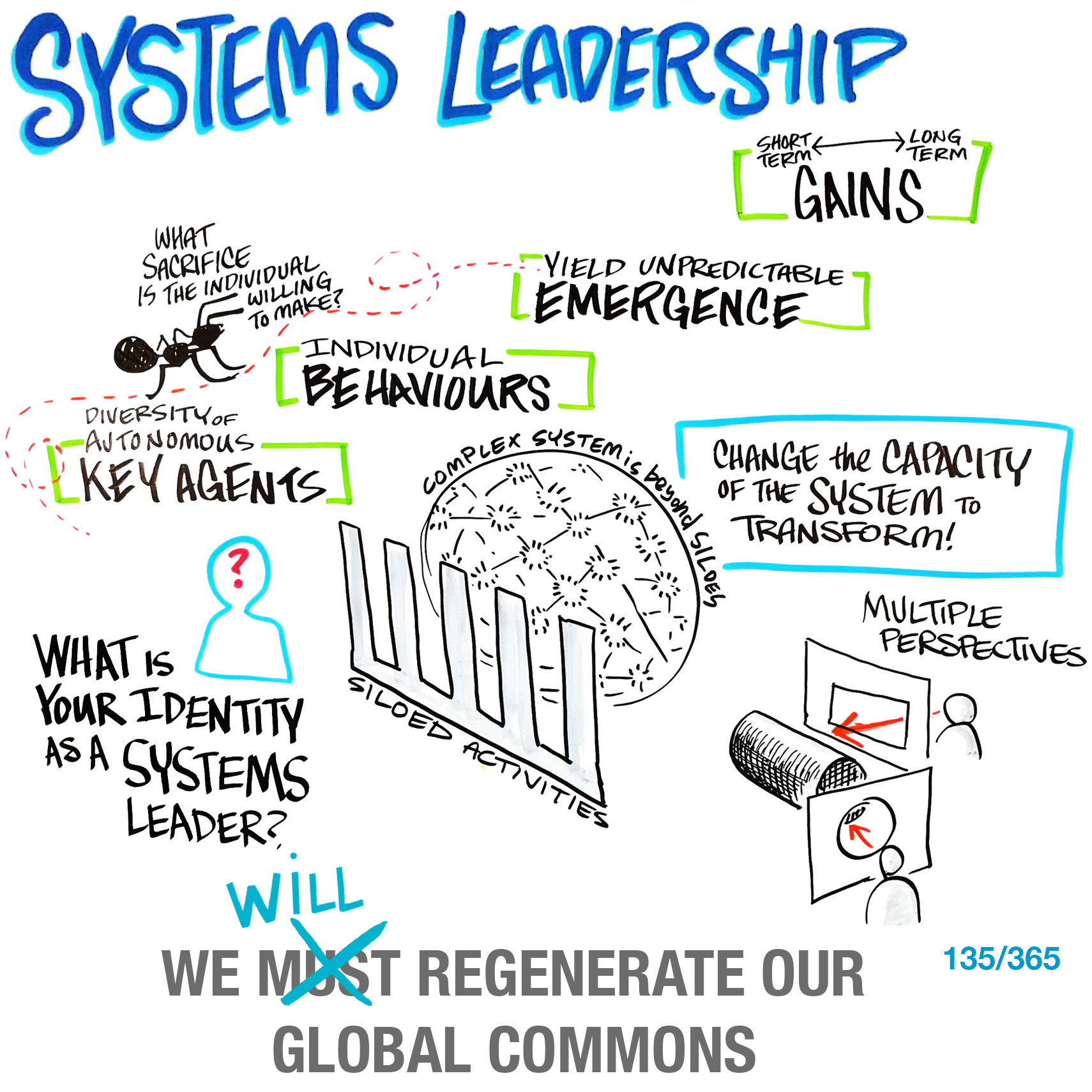
Systems Leadership
What is your identity as a Systems Leader?
Systems are made up of a diverse collection of autonomous “agents” with individual behaviors that, over time, yield unpredictable emergence on a vast scale.
By definition, any complex system is beyond the direct control of any single part of the system.
So how can any single leader affect change in a complex, adaptive system? Especially when the systems are trapped in stagnation or nearing at a consequential tipping point?
In winter of 2015, the Stanford Social Innovation Review published The Dawn of System Leadership, an article co-authored by systems thinkers Peter Senge, Hal Hamilton, and John Kania.
These lifelong practitioners and scholars of systems change all share the frustration felt by many of us who are “swimming in the same river” of global systems change.
Specifically, the work of:
(1) cultivating collective leadership
(2) in diverse settings around the world
(3) while our larger cultural contexts remain firmly anchored to the myth of the heroic individual leader.
The authors offer several *extremely helpful* suggestions for re-orienting our organizational strategy to create the space for change and enabling collective intelligence and wisdom to emerge.
READ ARTICLE: https://ssir.org/articles/entry/the_dawn_of_system_leadership








